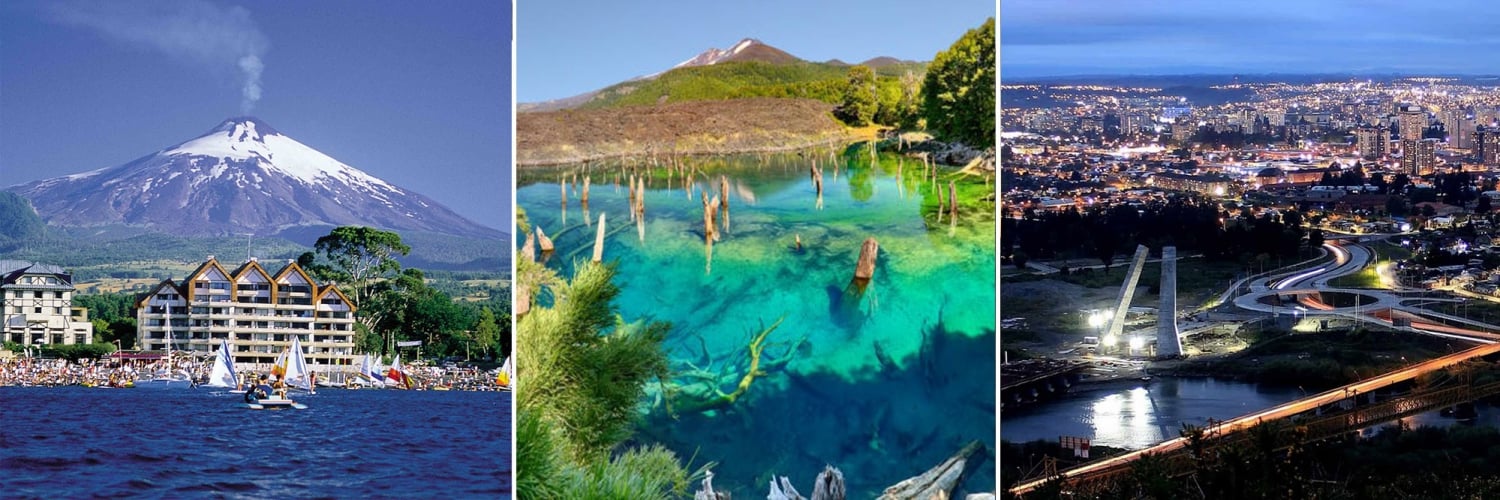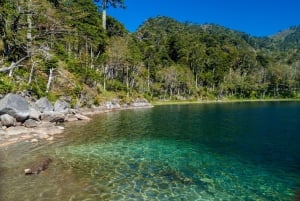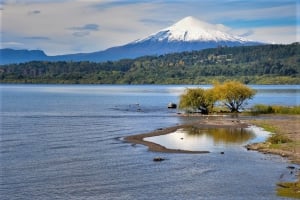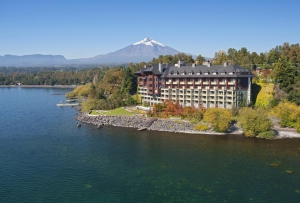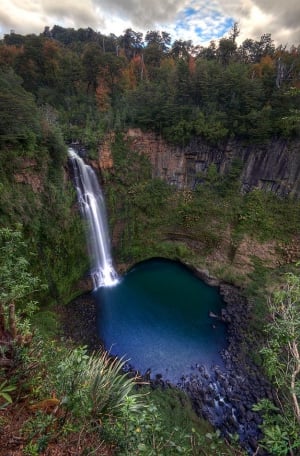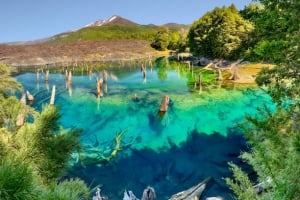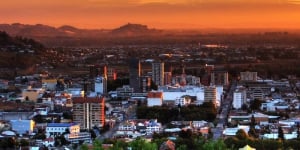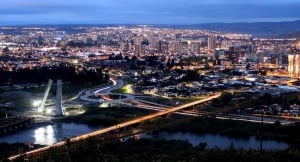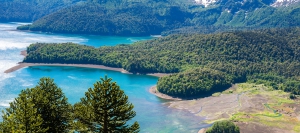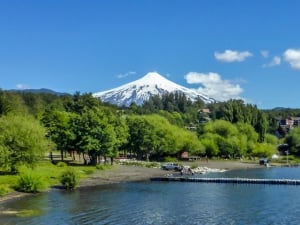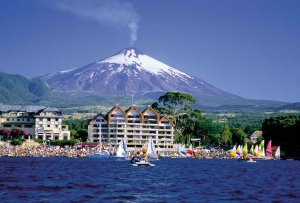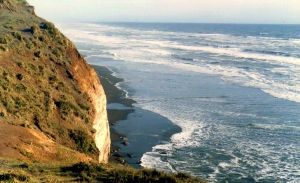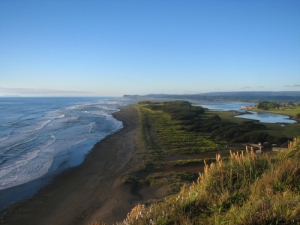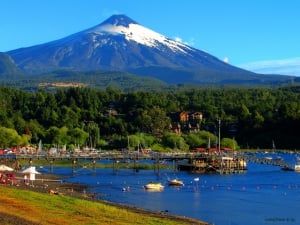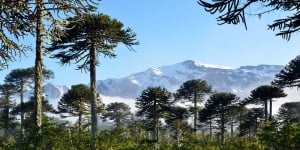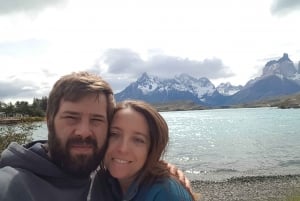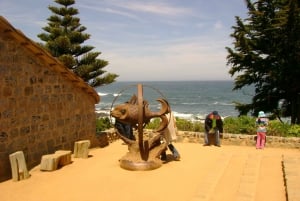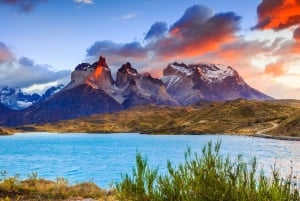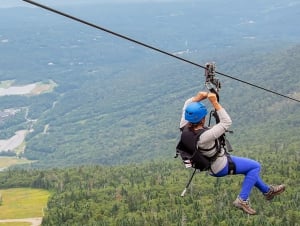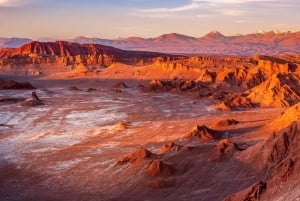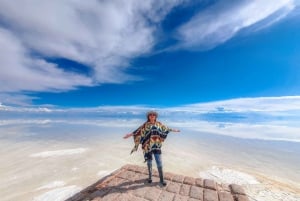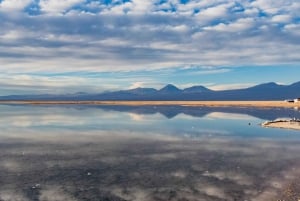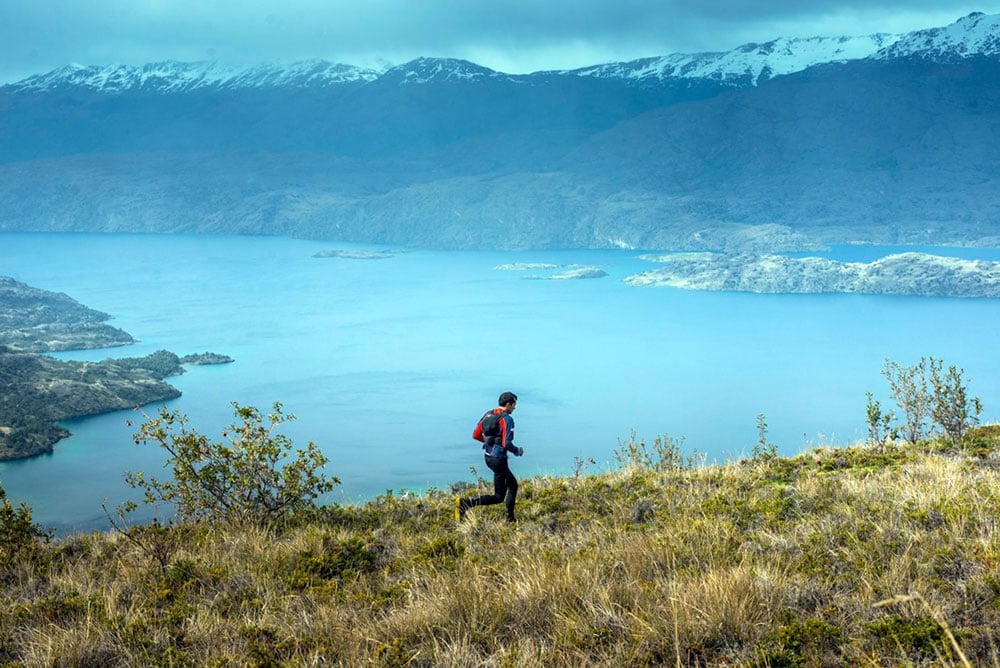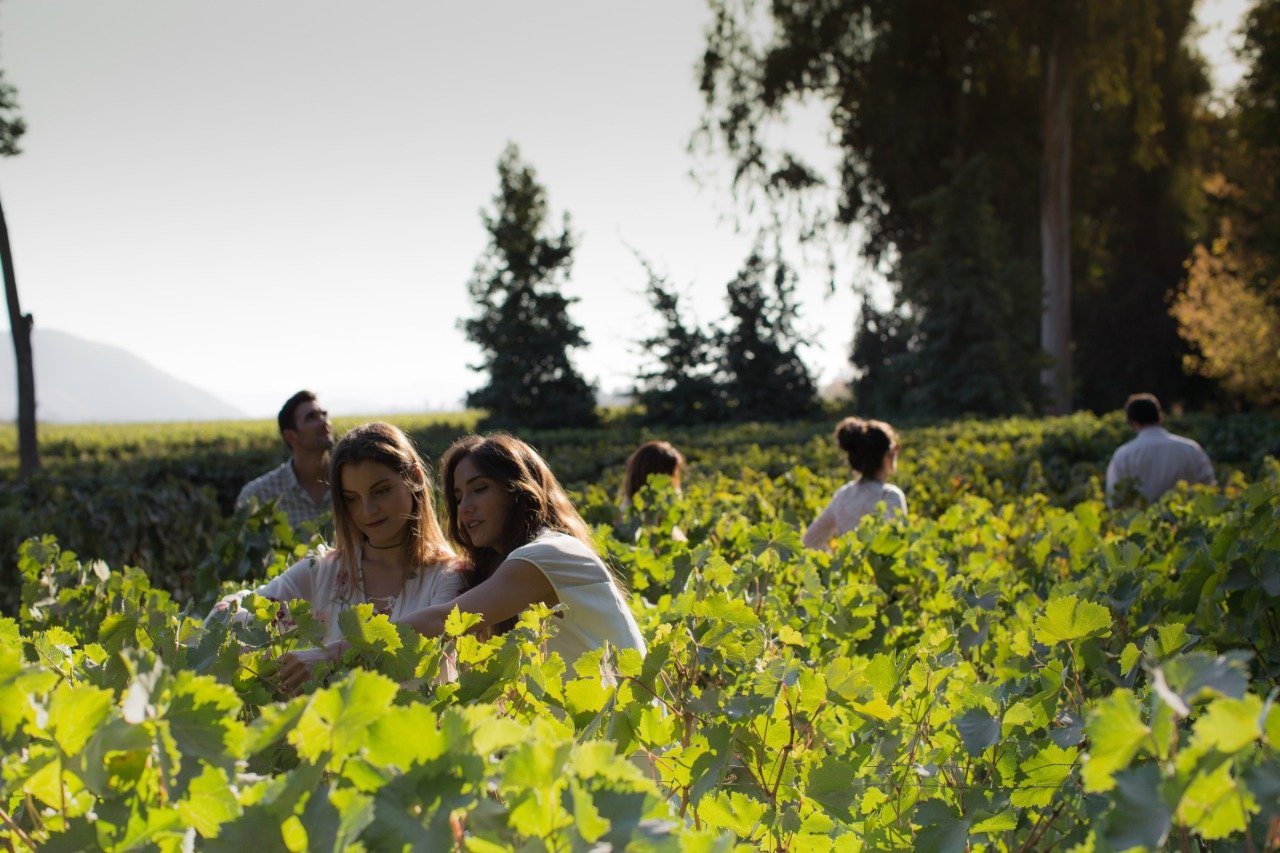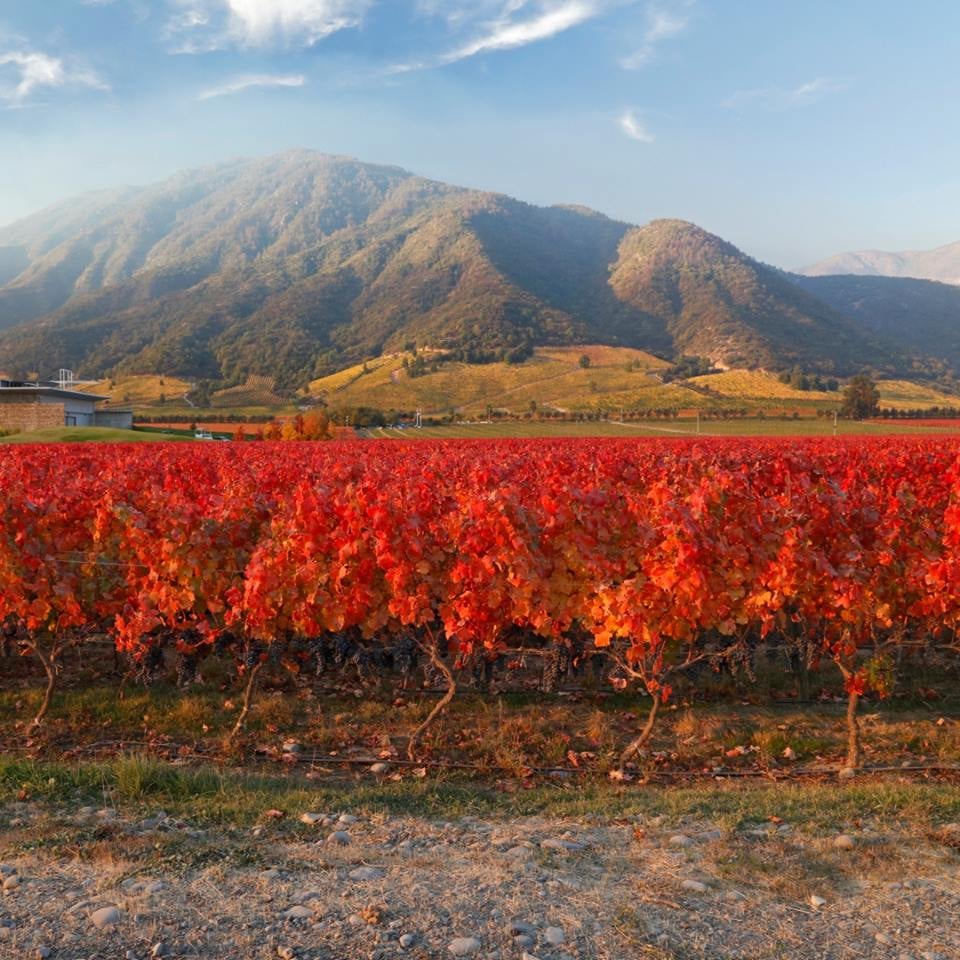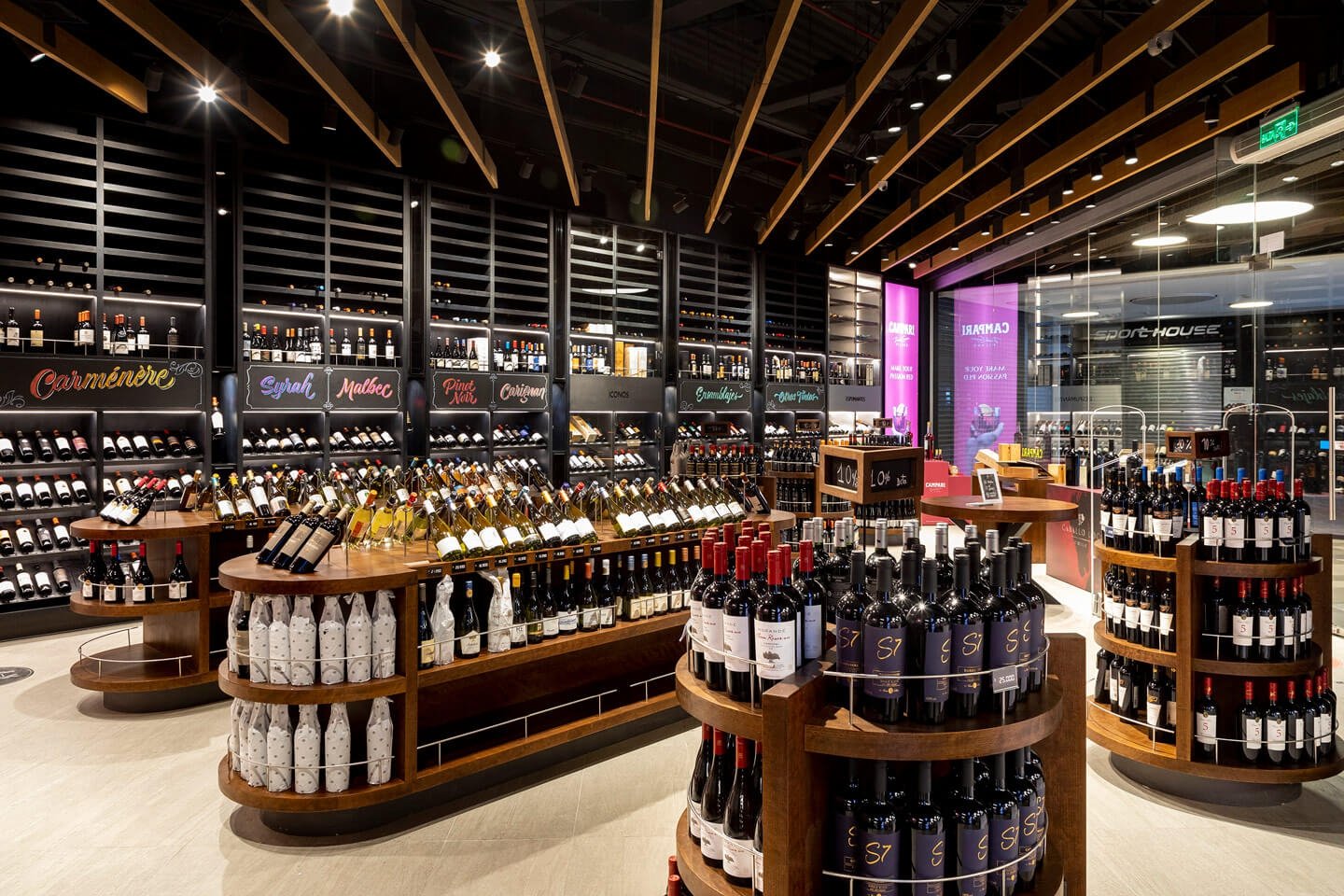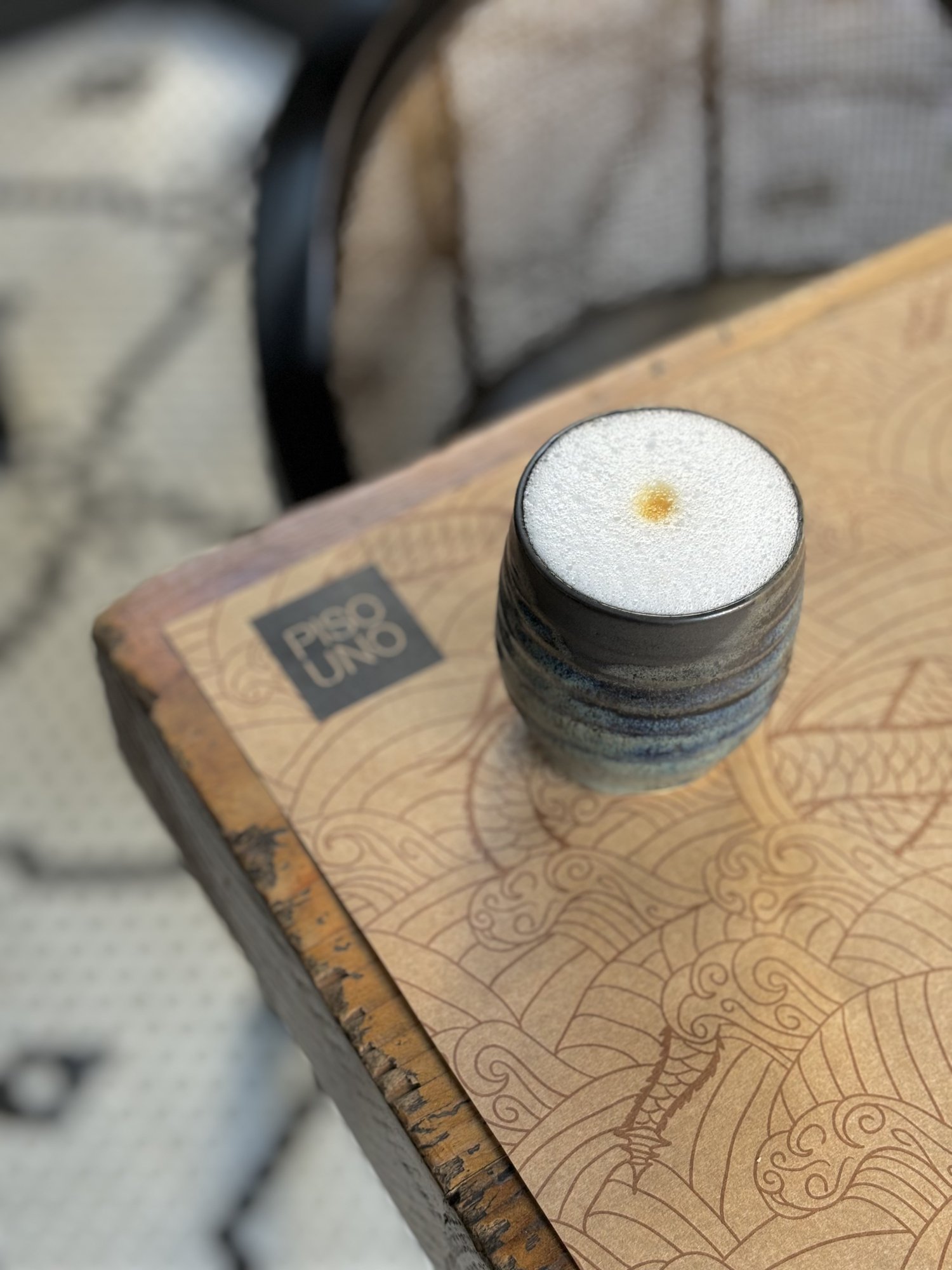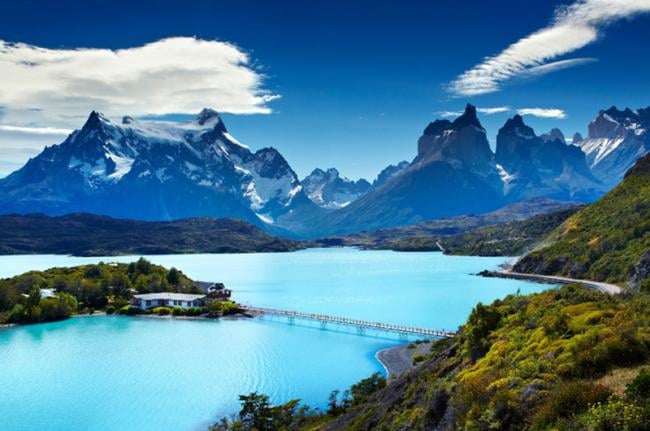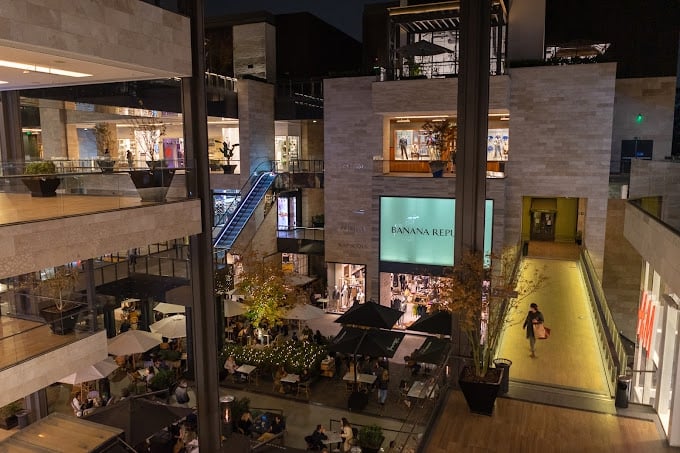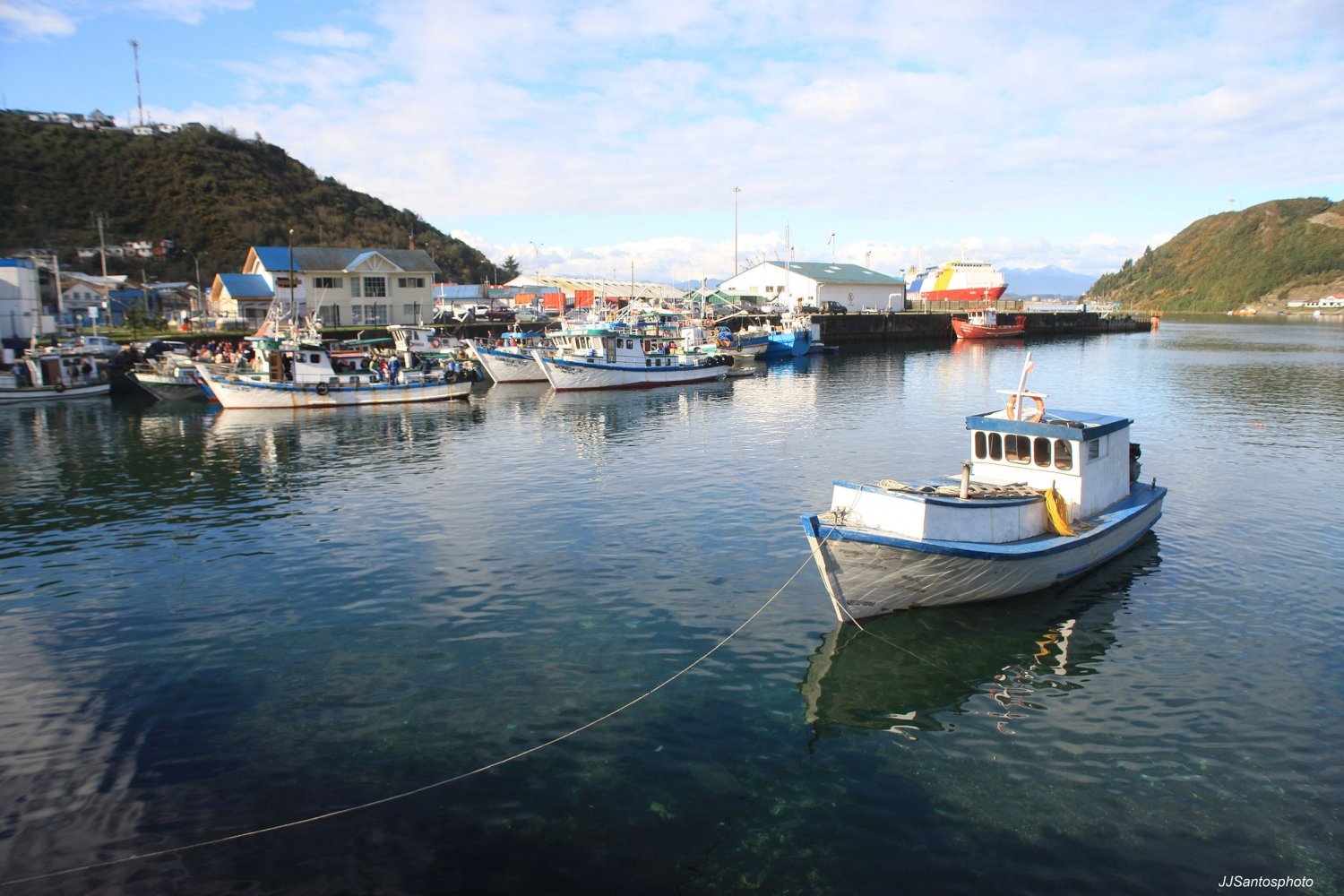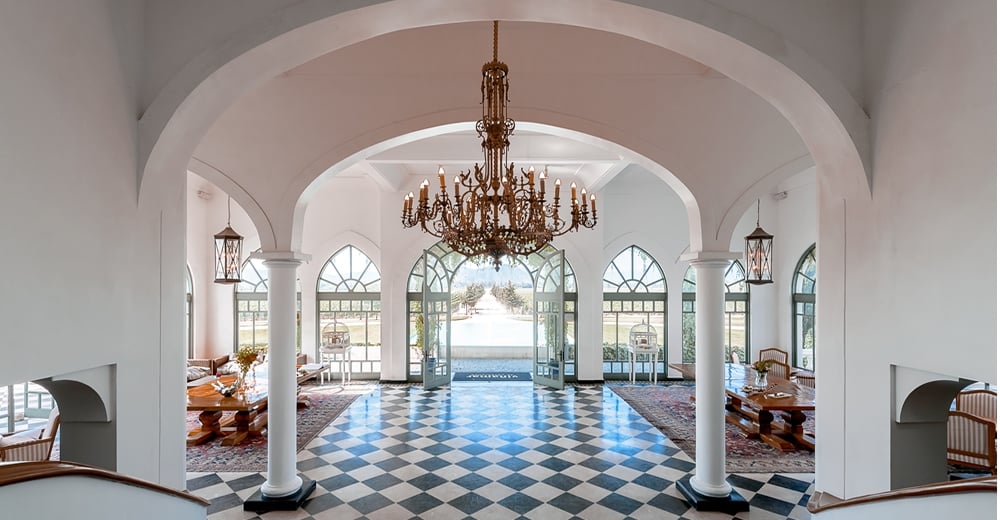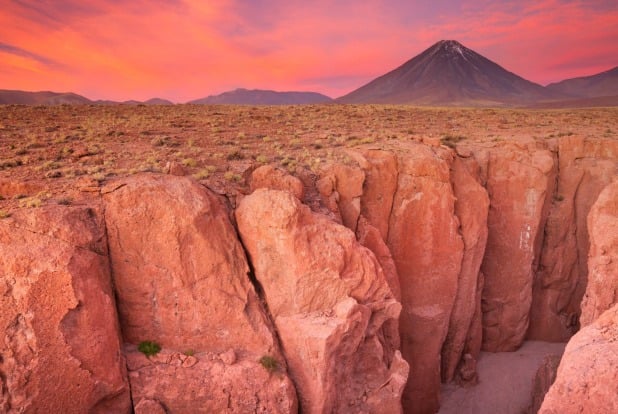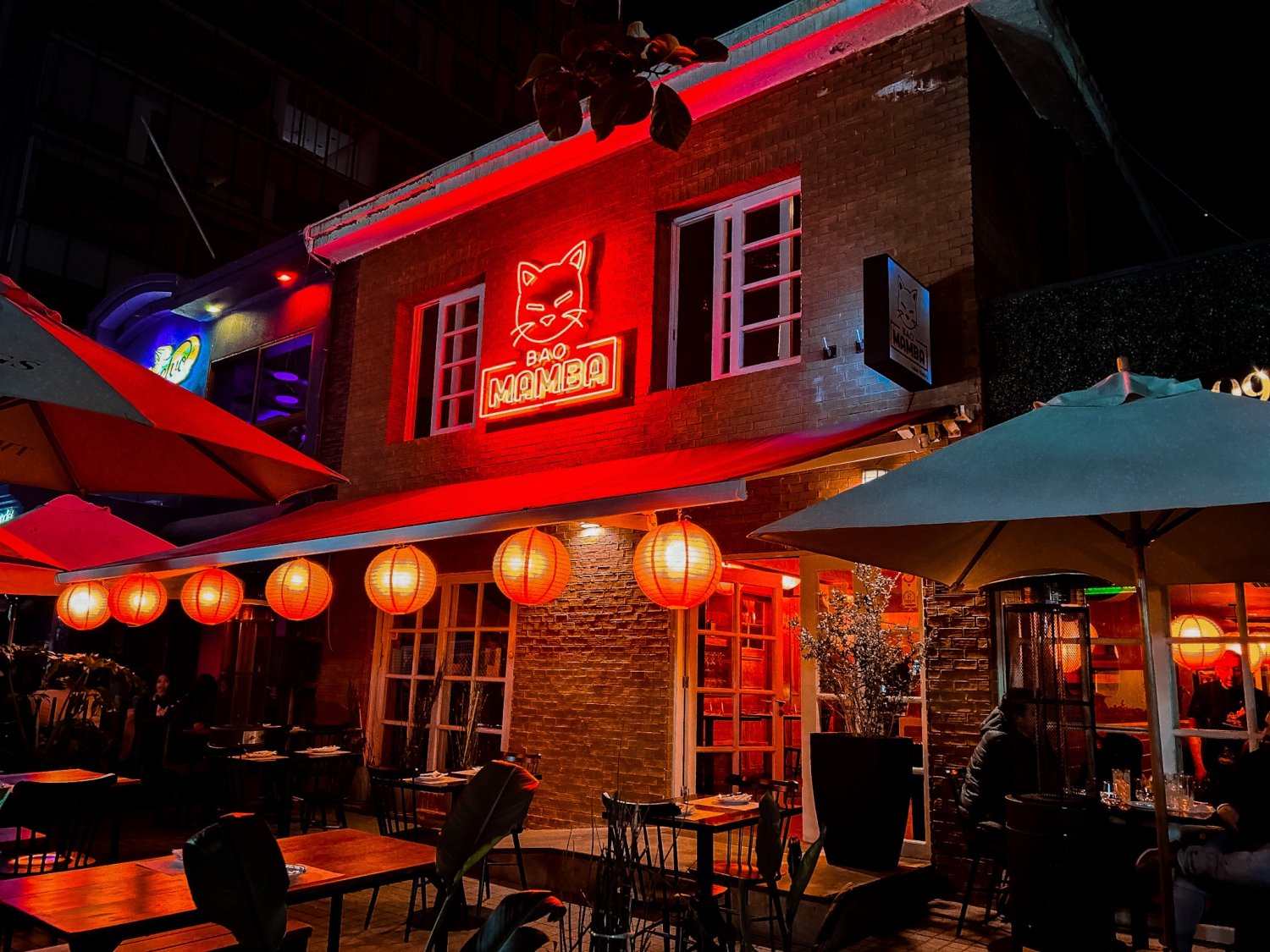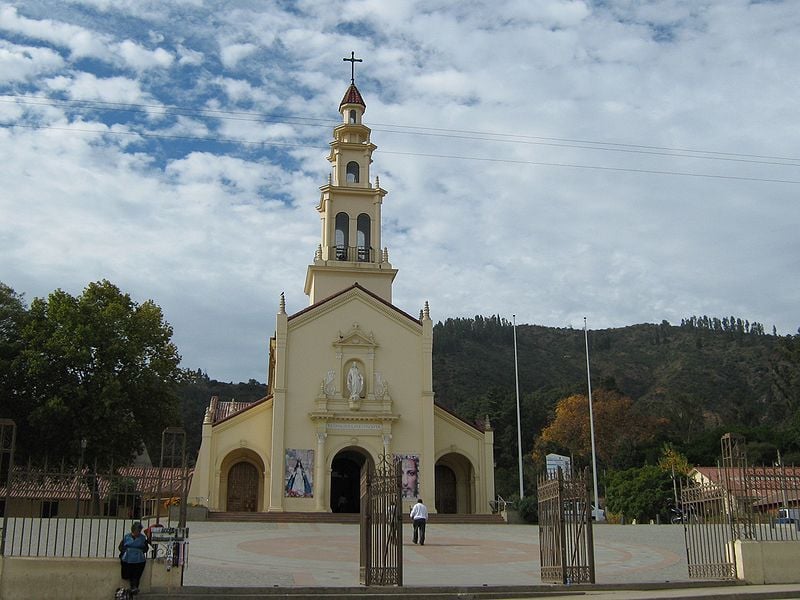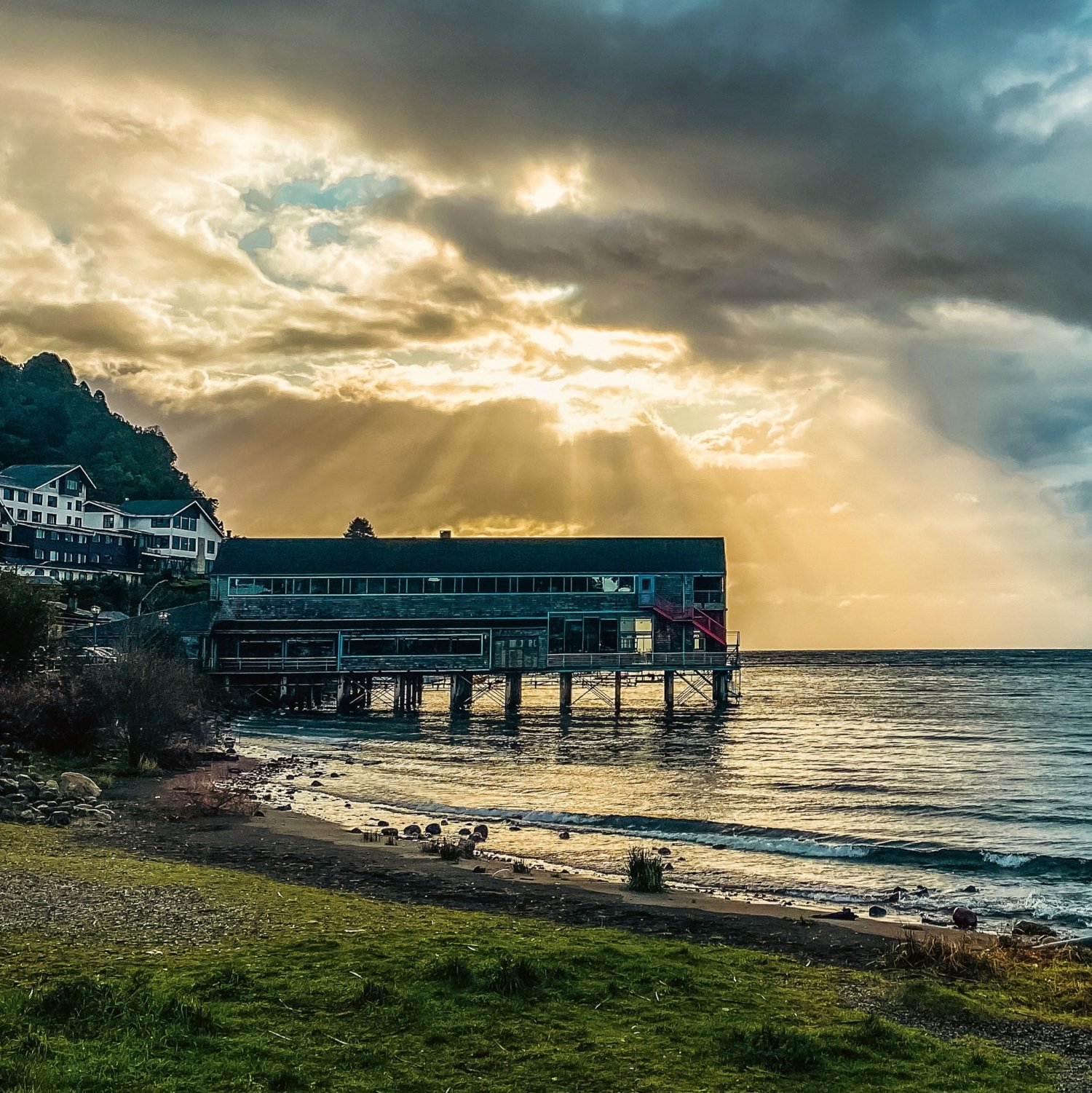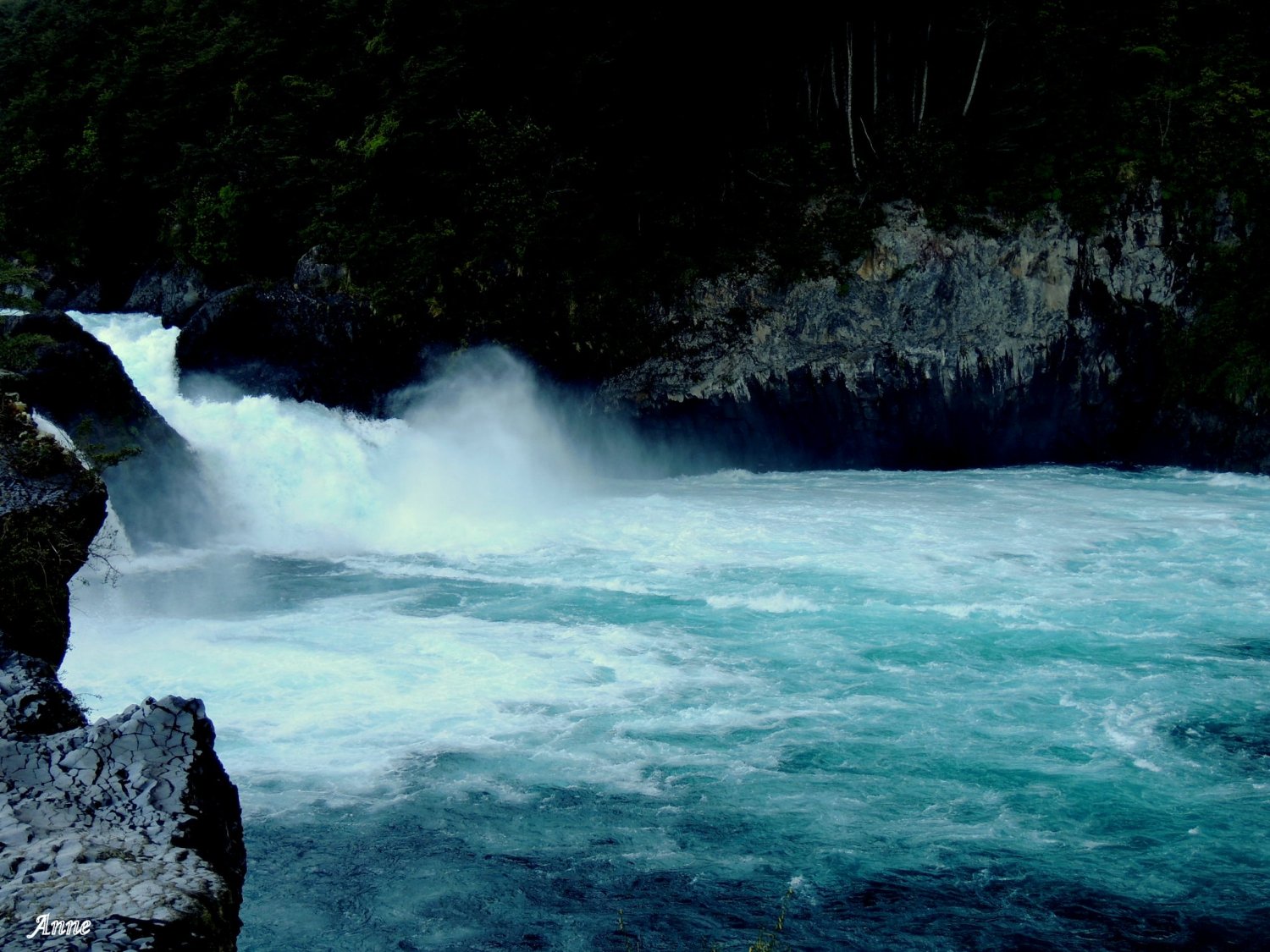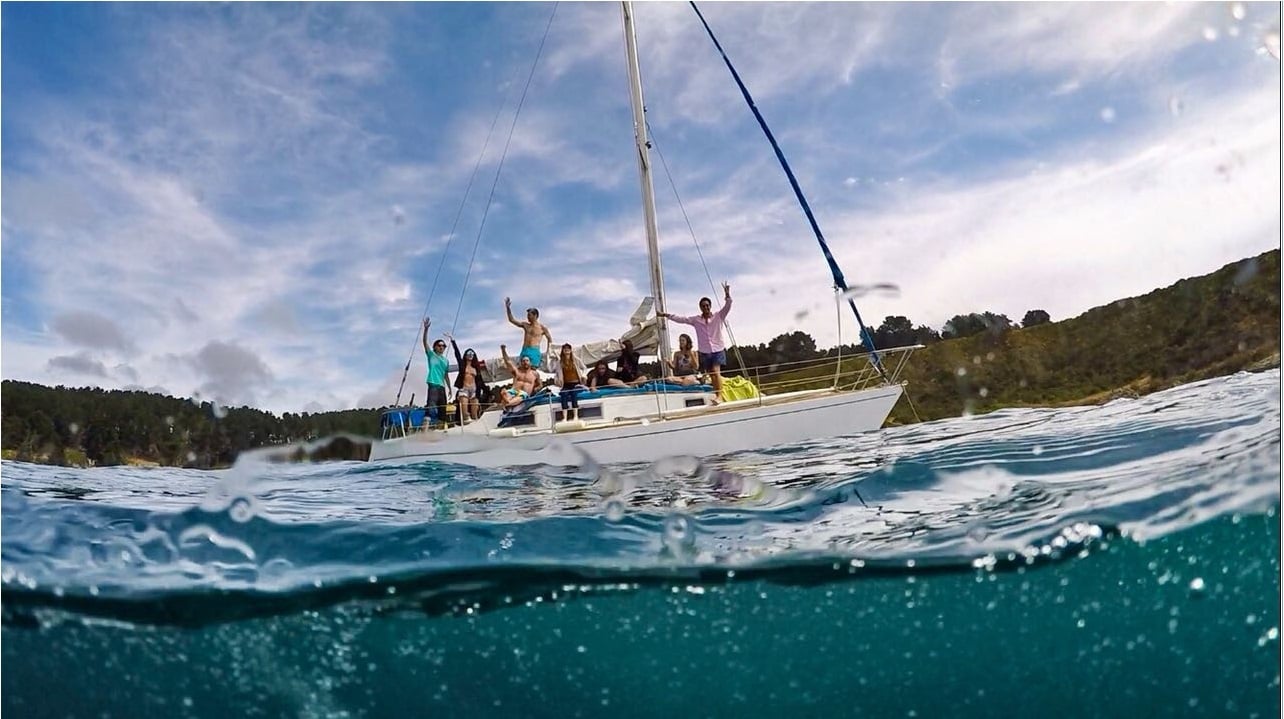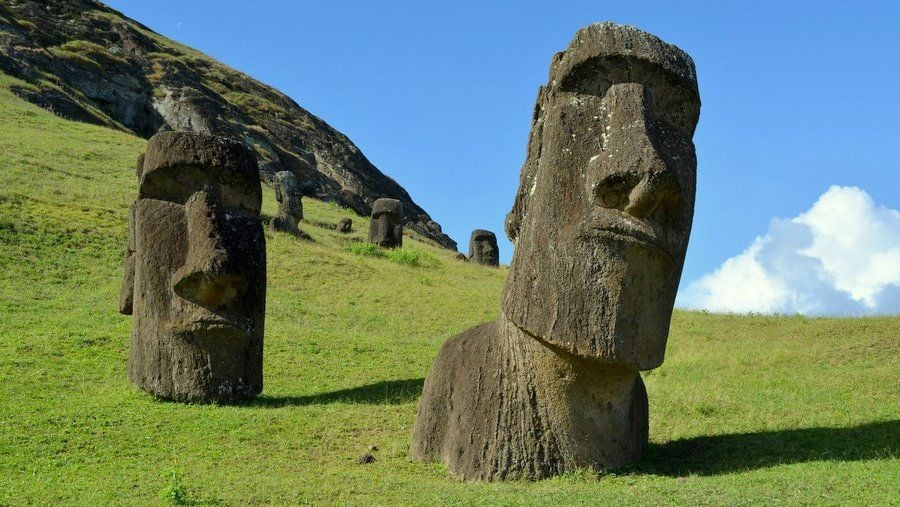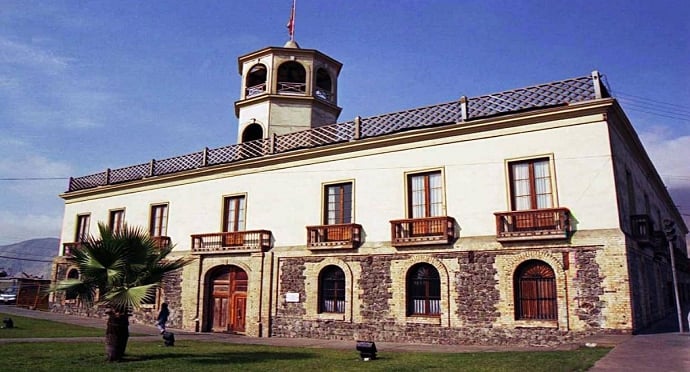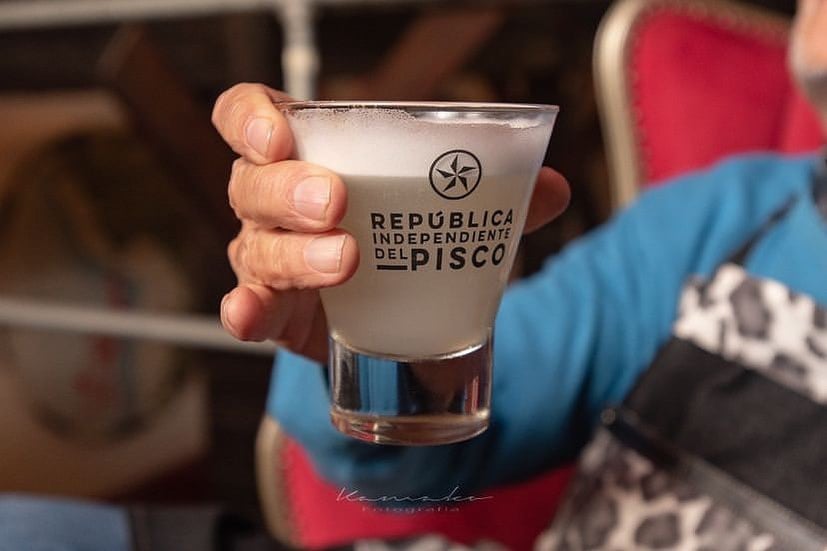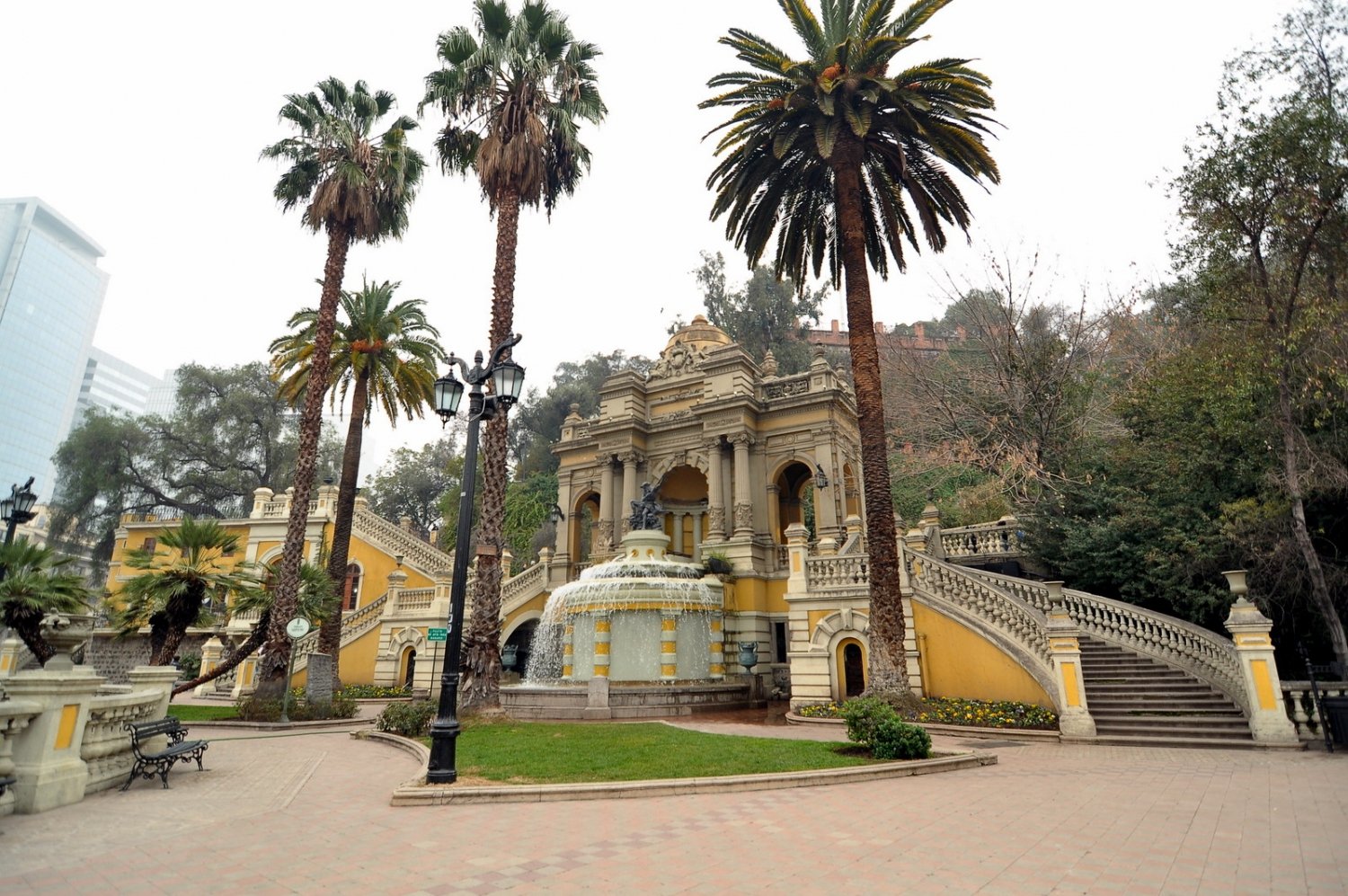Araucania
Culture and history were mixed in La Araucanía forming the identity of one of the most diverse regions of Chile
Located about 700 kilometers south of Santiago de Chile, La Araucanía has fluid connectivity by land and air. Also, it marks the point where the intense green of southern Chile is born and the territory is watched by the imposing presence of volcanoes that draw the profile of the Andes Mountains, covering forests, lakes, and rivers.
Land of culture, ancestry, and green nature
Araucanía, from the word "araucano". Land of the beautiful millenarian araucarias. With Mapuche roots that are intact, beautiful lakes, and lots of green. Culture and history are mixed in La Araucanía forming the identity of one of the most diverse regions of Chile.
Temuco, its capital, is the third most important city in the country, where its surroundings delight those who know it. Pucon, Villarrica Lake, Conguillío National Park, Lican Ray Lake, Budi Lake, among other destinations, will enchant you. On its coasts, the quiet town of Puerto Saavedra stands out, where you can visit Maule beach, where the mouth of the Imperial River was located before the earthquake and tsunami that affected it in 1960. To the north, you find the town of Nehuentue, known in the area for its good cuisine at convenient prices. We invite you to La Araucanía because you will simply want to return.
Araucania, region, southern Chile. It lies between the Biobío and Tolten rivers and is bordered by Argentina on the east and the Pacific Ocean on the west. It is divided into the provinces of Malleco and Cautín. The region embraces the coastal mountain range, the fertile Central Valley, and the Andean cordillera.
It is the home of many Araucanian, or Mapuche, Indians, who maintained their independence under Spanish and Chilean authority until the late 19th century despite periodic campaigns to subdue them. The settlement of the conquered area by Chileans and Europeans, beginning with German colonists in the 1850s, has been encouraged by the national government.
Two partially navigable rivers, the Imperial and the Tolten traverse the southern Araucanía region from east to west. The cordilleran ridges and volcanoes at Tolguaca, Lonquimay, and Llaima and the forests, lakes, and hot springs at Tolguaca, Rio Blanco, and Manzanares are prime scenic attractions. Tourism, however, ranks below farming (especially in wheat), cattle raising, and lumbering in economic importance. The region is heavily forested. The Pan-American Highway and the main north-south railway pass through Temuco, the regional capital.
- ARAUCANIA ANDINA - Known for its majestic heights, the Andean sector comprises a wide variety of national parks, nature reserves, volcanoes, spas, lakes, rivers, and thermal centers
- ARAUCANIA LAACUSTRE - Destination of lakes, hot springs, volcanoes, ski centers, and national parks. Here you can perform activities in an environment of unforgettable nature, surrounded by native species such as the iconic araucaria
- TEMUCO AND SURROUNDINGS - Temuco, capital of La Araucanía, gateway to the region and the lake district. Known as the capital of the border, because part of its territory was dominated by the Mapuche
- NAHUELBUTA - Dominated by the presence of the Nahuelbuta mountain range, the area is noted for the options in outdoor tourism offered by both the Nahuelbuta National Park and the Contulmo Natural Monument
- COASTAL ARAUCANIA - This sector covers the coastal edge towards the Pacific Ocean. Its communes invite you to live a unique experience of nature, history, and ancestral practices, where the Mapuche Lafquenche people preserve their culture and traditions around Lake Budi


